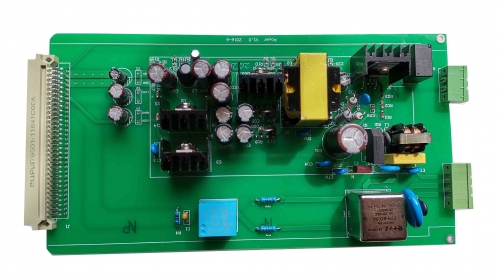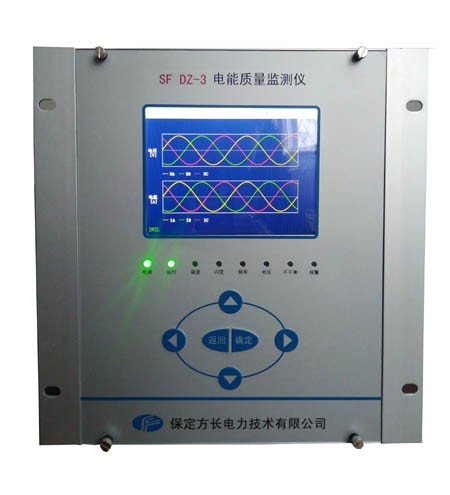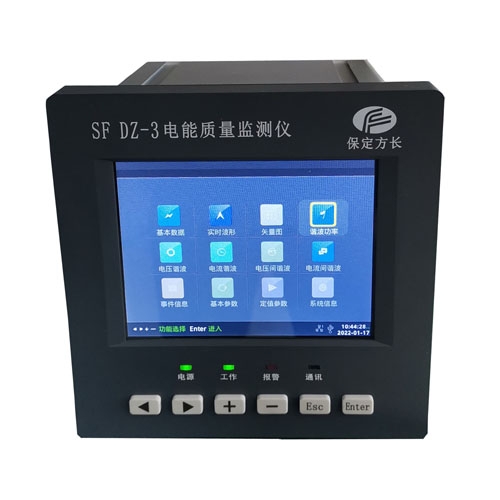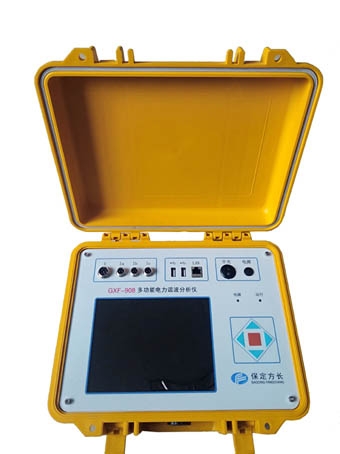Power quality monitoringThe purpose of evaluation is to ensure that the power supply system can stably and reliably provide users with high-quality electricity, and to avoid adverse effects of power quality issues on users. This article will explore how to achieve power quality monitoring and evaluation.
1、 Basic principles and methods of power quality monitoring
one point one Power quality monitoringBasic principles of
Power quality monitoring is a method of obtaining the power quality status of a power supply system through real-time monitoring and analysis of power quality parameters. By monitoring changes in power quality parameters, it is possible to promptly identify power quality issues in the power supply system and take corresponding measures to ensure that users receiveGood qualityElectricity supply for.
1.2 Methods for monitoring power quality
The following methods can be used for power quality monitoring:
(1) Online monitoring: By installing power quality monitoring equipment at critical locations, real-time monitoring of power quality parameters in the power supply system, such as voltage, current, frequency, harmonics, etc., as well as the occurrence of power quality events, such as transient overvoltage, short circuit, interruption, etc. Through online monitoring, it is possible to timely grasp the power quality status of the power supply system and take corresponding measures to address it.
(2) Offline monitoring: By regularly sampling and monitoring equipment and lines in the power supply system, data on power quality parameters such as voltage, current, frequency, harmonics, etc. are obtained, and analyzed and evaluated. The offline monitoring method is suitable for situations where equipment and line costs are high. By sampling monitoring, the overall power quality status of the power supply system can be understood.
2、 Methods for evaluating power quality
Power quality assessment is the process of evaluating and analyzing the power quality of a power supply system from multiple aspects to determine whether it meets relevant standards and requirements. The following methods can be used for power quality assessment:
(1) Quantitative evaluation: By measuring and monitoring the power quality parameters in the power supply system, various indicators are quantified, and then compared with corresponding standards to determine the power quality status of the power supply system. The indicators that can be used for quantitative evaluation include voltage fluctuations, frequency deviation, harmonic content, etc.
(2) Qualitative evaluation: In addition to measurement and monitoring, methods such as questionnaire surveys and user complaints can also be used to collect user evaluations and feedback on the power quality of the power supply system, in order to evaluate the power quality status of the power supply system. Qualitative evaluation can better reflect users' feelings and needs for power quality.

![]() National ordering hotline:fifteen billion eight hundred and three million one hundred and twenty-five thousand five hundred and sixty-five
National ordering hotline:fifteen billion eight hundred and three million one hundred and twenty-five thousand five hundred and sixty-five

















